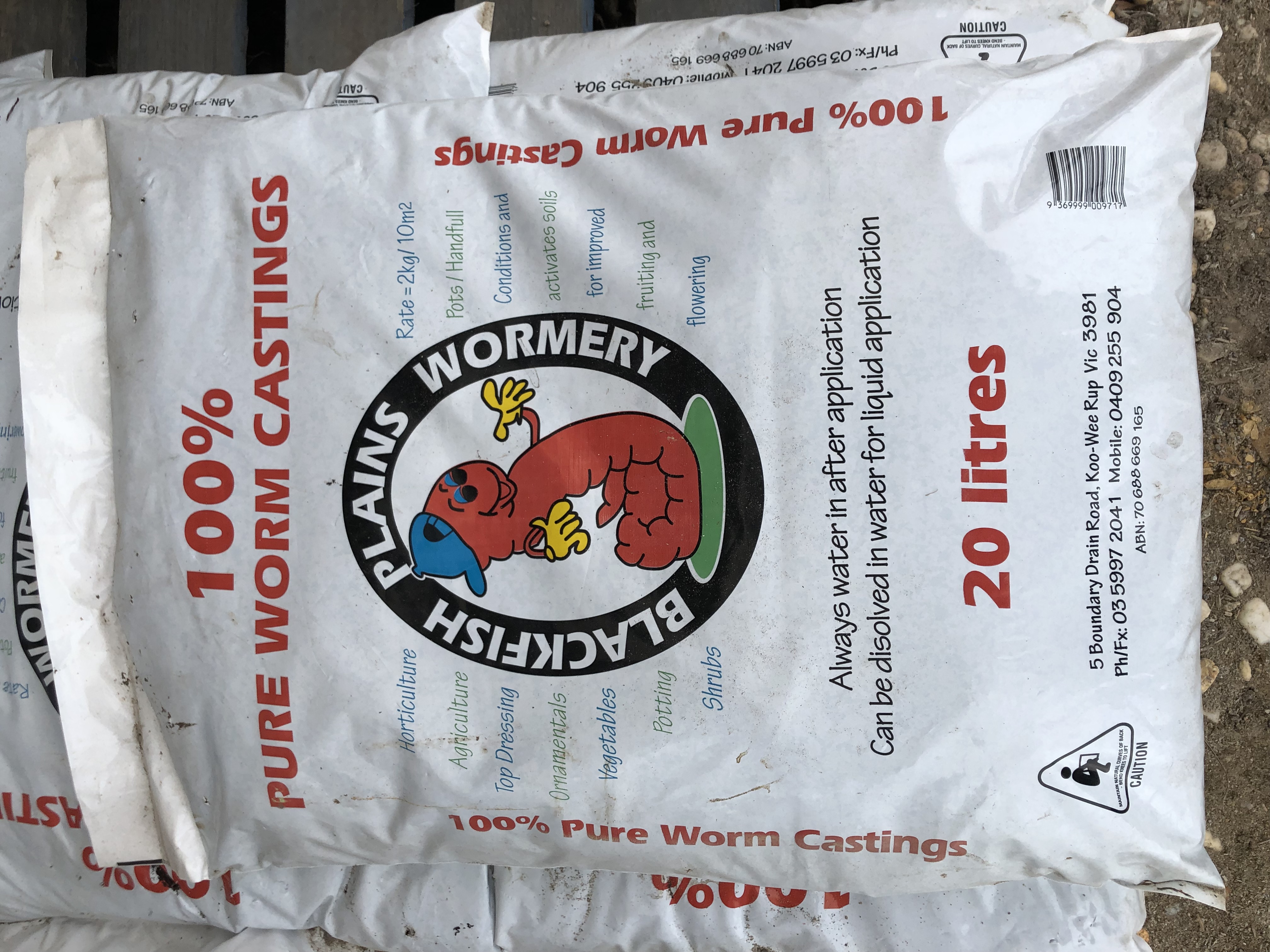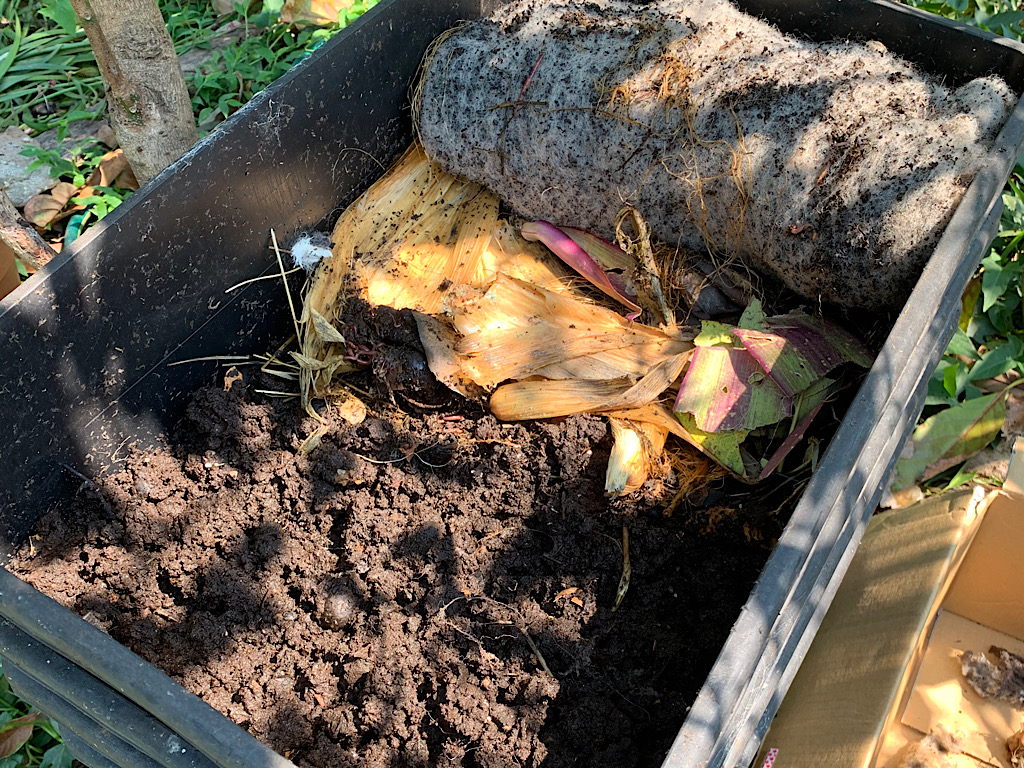

trees)Īs it turns out, these ones (and maybe most of them on the market) are chemical-free and are made from waste sawdust “originating in supply sources compliant with SFI and PEFC standards”. I would have ASSumed (lol) a product like this would:Ī) Contain chemicals to improve burning etc (or just generally added during the pellet-creation process) and/orī) Not really be eco-friendly since requiring wood (i.e. I’m sure there must be some similar products out there as well. I think they are focused primarily on the Canadian market (I bought the bags from Canadian Tire – a major department store chain up here), but I see on their retailers page that they are also available in parts of the U.S. I think these pellets may even represent a viable alternative to worm bedding materials like coco coir!Īs you can see in the image, the particular pellets I’m using (perhaps Paul will chime in and let me know if he’s using the same ones) are called “CANAWICK Hardwood Pellets”, created by CANAWICK Ecological Fuels. I ASSumed there really weren’t any affordable eco-friendly alternatives – only to learn that these pellets are even cheaper than the cheapest (“No Name Brand” for those of you up here in Canada) clumping cat litter – $5.99 for 18 kg of the pellets vs $8.99 for 18 kg of litter!! Beyond that awesome potential, it gets even better. No, it was the information shared by RWC readers – namely, Paul L., “Kim from Milwaukee”, and “Priswell” – that completely changed things for me on this front! Paul and Priswell, in particular, told me about the potential for using stove pellets as an earth-friendly litter.Īnd here I was all set to continue (reluctantly) using clumping clay litter. Not because the project itself is particularly earth-shattering (although, it’s definitely going to get a whole lot more interesting!)


I am REALLY glad I decided to start up my little pet waste vermicomposting project recently.


 0 kommentar(er)
0 kommentar(er)
